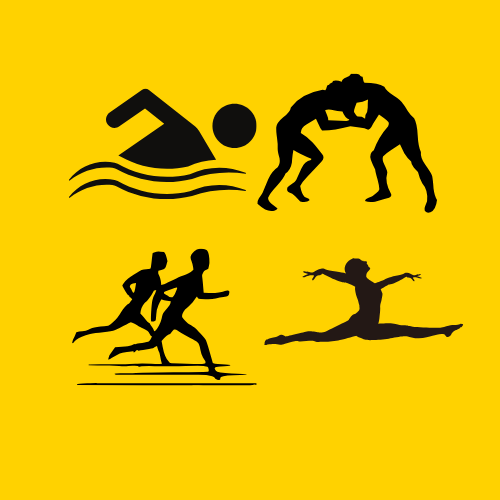
Rethinking Movement: The Hip and Leg Connection
When it comes to athletic performance, traditional wisdom often focuses on powering forward with every stride or movement. Yet, a compelling shift in perspective suggests that instead of sheer power, the leg's role in movement should be thought of as "helping the hip rotate." This subtle but important nuance in biomechanics could transform how athletes train and perform.
The Importance of Hip Mobility
The hip joint is crucial in nearly every sport, from sprinting in track and field to executing complex routines in gymnastics. It acts as the body’s powerhouse for rotational movements, essential for agility and speed. To effectively harness this power, athletes must understand how their legs contribute to hip rotation.
Visualize the leg as a supportive mechanism that allows the hip to do its job effectively. This perspective not only promotes better form and technique but can also reduce the risk of injuries caused by overexertion. By recognizing the synergy between the leg and hip, athletes can optimize their training regimens for better overall performance.
Proven Techniques for Enhancing Hip Rotation
Engaging in specific drills that encourage hip mobility can significantly benefit athletes. Stretching and strengthening exercises targeting the hips can create a more fluid connection between leg and hip movements. Techniques such as leg swings, dynamic lunges, and rotational exercises help prepare the body for intense athletic performance.
Additionally, integrating cross-training practices like yoga or Pilates can enhance flexibility and core strength, further promoting effective hip engagement. The culmination of these practices can lead to improved stability, speed, and technique, sparking a major competitive edge.
Experts Weigh In: Coaches and Trainers Speak
Renowned coaches and trainers emphasize the significance of adapting movements to focus on hip rotation instead of just linear push-off. This shift in methodology has shown promising results across various sports disciplines. Established figures in the field advocate for a comprehensive approach to training that encompasses mobility, strength, and understanding the body’s mechanics.
The insights of experienced professionals suggest that athletes who center their training on hip function not only perform better but also extend their careers by minimizing wear and tear on their joints.
Future Directions: The Evolving Understanding of Biomechanics
As sports science advances, the understanding of biomechanics continues to evolve. With innovative technology and performance analytics, coaches can obtain data-driven insights into their athletes’ movements. This evolution points towards a future where knee-jerk training methods give way to customized programs that prioritize efficiency and health.
Athletes can expect more personalized coaching advice that respects the individuality of their biomechanics. Tailoring training routines to enhance hip mobility while properly utilizing the legs will undoubtedly become a norm in athletic training.
Final Thoughts: Are You Ready to Rethink Your Approach?
As we explore the intricacies of athletic performance, challenging conventional thoughts about movement can yield significant benefits. By shifting focus from merely powering forward to aiding hip rotation, athletes may unlock greater potential and longevity in their sports careers.
This is your call to action! Whether you’re a coach, athlete, or sports enthusiast, it’s time to reconsider how you approach movement training. Make hip mobility your focal point, and prepare to enhance performance like never before!
 Add Row
Add Row  Add
Add 




Write A Comment